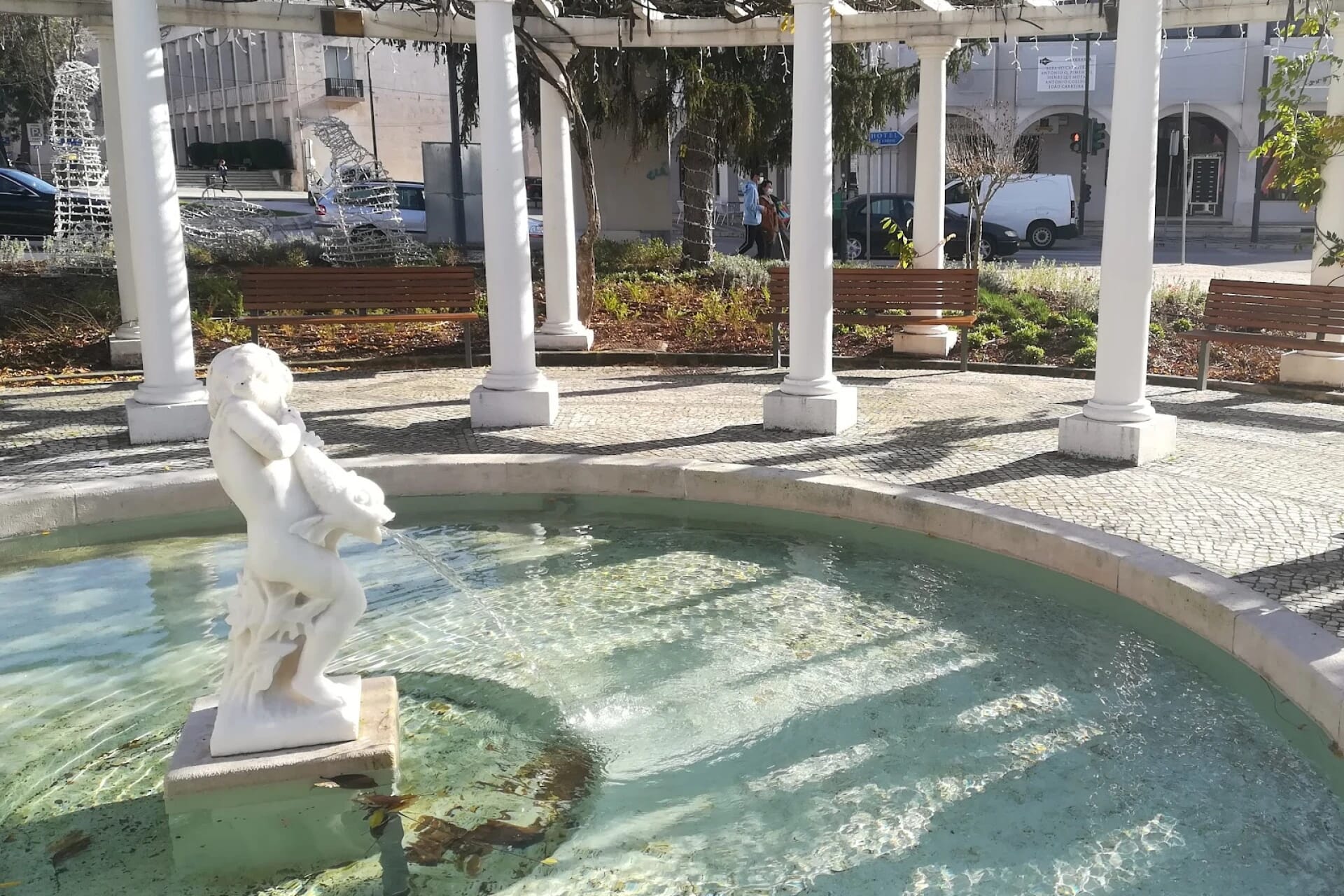
Discover the Enchanting Birch Tree Species of Maine
Embark on an enchanting journey into the heart of Maine’s pristine forests, where a diverse tapestry of birch tree species awaits your discovery. These graceful trees, adorned with shimmering white bark, have long held a special place in the folklore and natural heritage of the region. From the towering splendor of the yellow birch to the delicate grace of the paper birch, each species offers a unique and captivating experience.
Venture beyond the beaten path and uncover the hidden gems of Maine’s birch tree ecosystem. Explore the rugged beauty of the black birch, known for its distinctive dark bark and medicinal properties. Marvel at the ethereal glow of the white birch, its papery bark peeling away to reveal intricate patterns. Discover the lesser-known gray birch, its silvery bark reflecting the changing light of the seasons.
Immerse yourself in the ecological significance of Maine’s birch species. Learn how these trees provide essential habitat for a myriad of wildlife, from nesting birds to foraging mammals. Delve into their role in maintaining soil stability and promoting biodiversity throughout the state’s diverse ecosystems.
Untold Stories of Birch Tree Lore
Journey into the realm of legend and folklore surrounding Maine’s birch trees. Discover the ancient beliefs that attributed healing powers to the black birch and the symbolic importance of the white birch in Native American traditions. Unearth the fascinating tales of how birch bark was once used for everything from canoes to baskets, preserving the rich cultural history of the region.
Explore the artistic legacy of Maine’s birch trees, from their depiction in iconic paintings to their use in traditional crafts. Delve into the works of famous artists who captured the beauty of these trees on canvas and discover how local artisans incorporate birch bark into intricate carvings and woven creations.
A Guide to Maine’s Birch Tree Species
| Species | Description | Unique Attributes |
|---|---|---|
| Yellow Birch | A tall, stately tree with golden-yellow bark and drooping branches. | Valued for its strong, durable wood and medicinal properties. |
| White Birch | A graceful tree with pure white bark that peels away in papery layers. | Known for its ornamental value and use in woodworking. |
| Black Birch | A rugged tree with dark, nearly black bark and a spicy fragrance. | Prized for its medicinal properties and use in flavoring beverages. |
| Gray Birch | A slender tree with silvery-gray bark and a smooth texture. | Common in rocky, poor-soil conditions. |
| River Birch | A moisture-loving tree with peeling, cinnamon-colored bark. | Provides vibrant fall foliage and tolerates wet environments. |
Advantages and Disadvantages of Maine’s Birch Trees
Advantages
- Aesthetic appeal: Birch trees add beauty and elegance to any landscape.
- Ecological value: They provide habitat for wildlife, promote biodiversity, and stabilize soil.
- Economic importance: Birch wood is used for a variety of products, including furniture, flooring, and paper.
- Cultural significance: Birch trees have played a vital role in Maine’s folklore and cultural traditions.
Disadvantages
- Birch borer susceptibility: Some birch species are vulnerable to attack by the bronze birch borer.
- Shallow root systems: Birch trees may be susceptible to wind damage due to shallow root systems.
- Disease susceptibility: Birch trees can be susceptible to certain diseases, such as birch leaf spot.
FAQs About Maine’s Birch Trees
- What is the most common birch tree species in Maine? (White Birch)
- Which birch tree species has the darkest bark? (Black Birch)
- Are Maine’s birch trees used for commercial purposes? (Yes, especially for furniture, flooring, and paper.)
- What is the significance of birch bark in Native American culture? (It was used for canoes, baskets, and other crafts.)
- Can birch trees grow in wet areas? (Yes, especially River Birch.)
- What is the average lifespan of a birch tree in Maine? (50-75 years)
- Are birch trees easy to care for? (Yes, but they may require occasional pruning to remove dead or diseased branches.)
- Can I plant a birch tree in my backyard? (Yes, but consider the mature size and root system.)
- What are the benefits of planting birch trees? (Aesthetic value, wildlife habitat, soil stabilization.)
- Are there any threats to Maine’s birch tree populations? (Yes, such as the bronze birch borer and climate change.)
- Can I use birch bark for medicinal purposes? (Yes, but consult with a healthcare professional before using.)
- What is the best time to plant a birch tree? (Spring or fall)
- How can I protect my birch tree from pests and diseases? (Proper care, pruning, and monitoring.)
Embrace the Beauty of Maine’s Birch Trees
As you journey through the enchanted forests of Maine, let the beauty of its birch tree species captivate your senses. From the towering grandeur of the yellow birch to the ethereal grace of the white birch, each tree tells a unique story of ecological significance, cultural heritage, and natural wonder. Embrace the opportunity to discover these hidden gems and deepen your appreciation for the unparalleled beauty that Maine’s birch tree ecosystem has to offer.
Let the birch trees of Maine inspire your creativity, ignite your curiosity, and instill within you a profound connection to the natural world. Whether you’re an avid hiker, a nature enthusiast, or simply seeking a moment of tranquility, may you find solace and enchantment beneath the whispering canopies of Maine’s enchanting birch trees.